Research and discussion topics
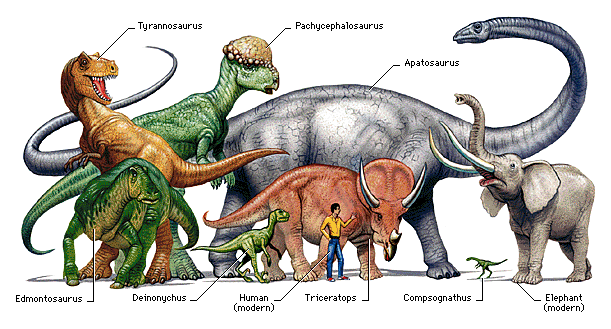
Introduction
The news story suggests lots of interesting topics for discussion and research.
Take a look at those we've picked out from the text. Compare ours with those you found using the methods in Getting the topics.
In groups discuss the differences. This isn't about right or wrong. Your choice is as good as ours as long as you can explain and defend it.
Now have a go at some of the topics - ours or yours.
Selected topics
New is maybe not the best word since Tawa hallae last walked the Earth 214 million years ago.
Tawa belongs to the dinosaur group that includes T. Rex and Velociraptor – the theropods.
It turns out a variety of other reptile groups made multiple trips from the northern and southern continents.
We discovered they were only distantly related but that each species had close relatives in South America.
Want more?
New is maybe not the best word since Tawa hallae last walked the Earth 214 million years ago.
Let's get a handle on these timescales of hundreds of millions of years, which don't mean much when we first hear them. We humans have no feeling for enormously long spans of time. Seconds, minutes, hours and days are what we're at home with.
But there are nice resources out there and simple ideas that can help us. 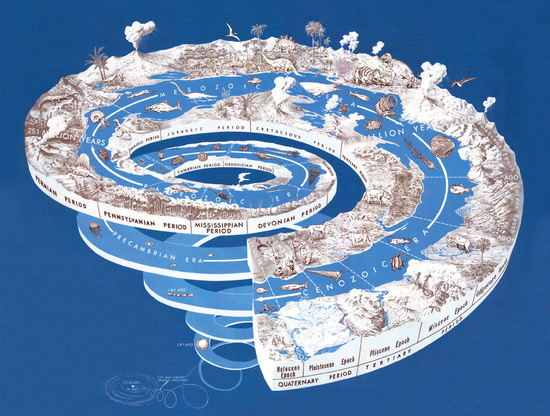 Take a look for instance at the toilet paper timeline.
Take a look for instance at the toilet paper timeline.
There are a several descriptions of this around the web. Do a search on Google and on the Real Science page that looks only at selected educational websites.
Try "deep time" and "geologic time", as well as "toilet paper timeline".
One idea we like is at the Worsley School website, because you get to stretch the timeline right along the school corridor. You'd have to get permission from your teacher - and maybe your headteacher - to do that one though.
Don't just follow one website's instructions. Look at a few and pick out the ideas you like from each of them.
Make sure you show clearly on your timeline where the Triassic period is, when Tawa lived and when the dinosaurs went extinct.
Mark out the time that humans have been on Earth.
Take a look and compare these two periods.
In your groups put together a paragraph that tries to capture what you can see and what you have learned from the toilet paper timeline.

One problem you'll meet in this project is that different toilet-roll manufacturers produce rolls with different numbers of sheets. Some websites talk about 1000-sheet rolls. But in the UK, 200-300 sheets seem more common.
Just be careful when you're making your timeline that you're not following instructions for a 1000-sheet toilet roll when yours has much fewer. You'll run out of paper before you get anywhere near Tawa the dinosaur.
An even more serious problem is people stealing the paper and blowing their noses on it - or going to the toilet with it.
That really messes up your timeline. Don't let them do it.
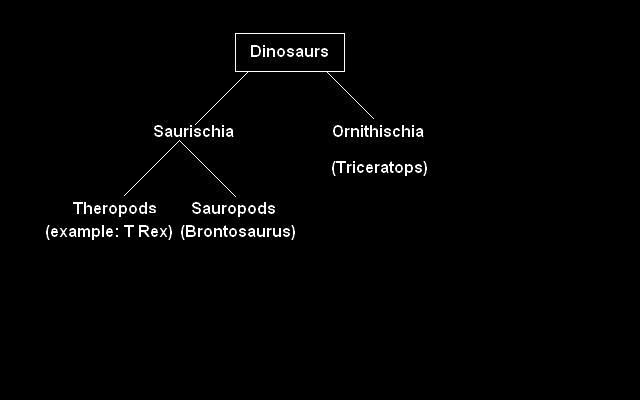
Tawa belongs to the dinosaur group that includes T. Rex and Velociraptor.
We're going to take a look at classification of dinosaurs here. (We'll consider classification of other living things later.)
It's a big subject, but again there are plenty of resources out there to help us.
First have a go at simple games on the big animal groups - such as mammals, reptiles, insects, amphibians and birds - at Teachers Domain.
Before we go further which of those big groups do Tawa and the other dinosaurs belong to?
Now let's look at dinosaur classification. The diagram above shows the largest groups of dinosaurs. We'd like you to find out the main features of each of these - carnivore or herbivore, two or four legs, size, mass, period it belonged to, and so on.
Then we want an illustration of the features of each group, using one particular type of dinosaur that belongs to it. And just to make it a little more interesting, we don't want you to use the ones we've listed in the figure. So no T Rex, brontosaurus or triceratops.
You can use any method you like to show what your researches have come up with - poster, presentation, animation, museum interpretation panel - to tell your colleagues all about your chosen 3 dinosaurs.
Finally have a read at this from the dinosaurs of Colorado website:
"Classifying dinosaurs into some kind of orderly scheme is an almost hopeless task, and one which in all likelihood will never be completed."
Do you think they're right? Justify your answer. (Which mean give good reasons why you answered 'yes' or 'no'.)
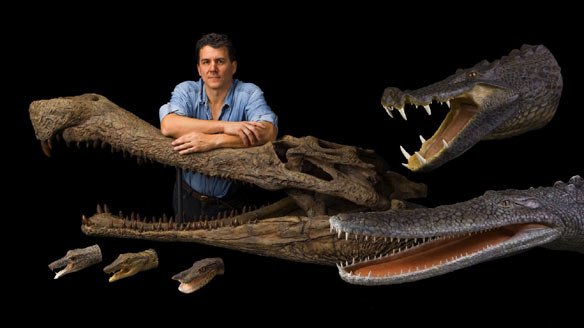 triassic.gif
triassic.gif
It turns out a variety of other reptile groups made multiple trips from the northern and southern continents.
A whole bunch of other groups of animals made their first appearance on Earth in the Triassic period, around the time that Tawa appeared.
Find as many of these as you can, and research what those early members of the groups were like. Compare them with those that are alive today.
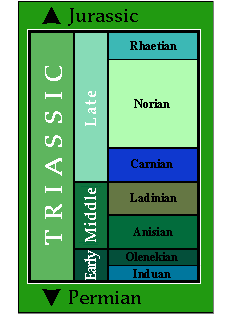
You might like to take a look at the following websites. But see if you can find others using the Real Science search tool:
Try to find some animal species that have changed very little in over 200 million years.
In your groups brainstorm a few explanations for that.
Choose one of these. Think of some way to test this hypothesis.
[Words: tentative, prediction, experiment]
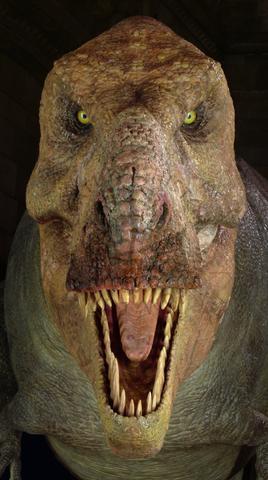
We discovered they were only distantly related but that each species had close relatives in South America.
So here's the question: What does it mean if two species are distantly related? What does it mean if they are closely related.
Have a go at the online activity What did T Rex taste like?
You should spend at least a couple of class periods on this.
Come back when you've done it and give an answer to our two questions.
Make a list of three further questions raised in your own mind while you were doing the activity.
Choose one and decide how you would make a start on trying to answer it.
Want more?
How dinosaurs are named.
Evolution 101 from the University of California Museum of Paleontology and the National Center for Science Education.
Lessons and activities on evolution
For a really comprehensive experience, explore the Wellcome Tree of Life
Using trees for classification
To collect, analyze, and interpret information about objects and classify them into a cladogram.
